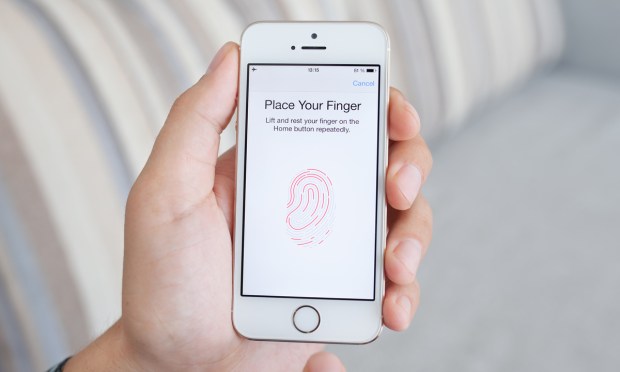
Steve Hotelling, a senior executive at Apple, is reportedly retiring from the company after overseeing touch-screen technology, health sensors and the Face ID interface.
Hotelling, who serves as a company vice president, played a crucial role in developing some of Apple’s most complex and critical technologies for the iPhone, iPad, Apple Watch and the upcoming Vision Pro headset, Bloomberg reported Thursday (Dec. 7).
Apple did not immediately reply to PYMNTS’ request for comment.
During his tenure at Apple, Hotelling was involved in inventing the touch-screen technology that is at the core of the iPhone, according to the report. He is named on hundreds of patents, including those related to the multitouch screen of the iPhone and iPad, as well as being one of the inventors of Touch ID, a key feature for user authentication on Apple devices.
Hotelling is highly regarded within the company, with a longtime peer saying, “No one was more brilliant than Steve,” per the report.
Hotelling’s responsibilities also extended to overseeing the company’s camera engineering team and contributing to the development of custom sensors, the report said. Apple has focused on photography as a selling point for its devices.
Additionally, Hotelling led efforts in depth-sensing technologies for augmented reality (AR) and worked on components related to haptic feedback and ProMotion high-frame-rate displays, per the report.
As Hotelling retires, his responsibilities will be divided among multiple direct reports of Johny Srouji, senior vice president of hardware technologies at Apple, according to the report.
Hotelling’s departure comes at a crucial time for Apple’s hardware technologies group, which is striving to replace vital components with in-house technology, the report said.
The team recently achieved a critical milestone by shipping its first 3-nanometer Mac processors, per the report. However, other future technologies, such as a cellular modem, new wireless chips, and Apple’s first microLED displays, have encountered obstacles. The group is also working on developing a noninvasive blood sugar sensor.
It was reported in October that the iPhone is on track to remain the mobile device of choice of nearly 9 in 10 teens. Eighty-seven percent of teens own an iPhone and 88% of teens expect to have one as their next mobile device, according to investment bank Piper Sandler Companies.